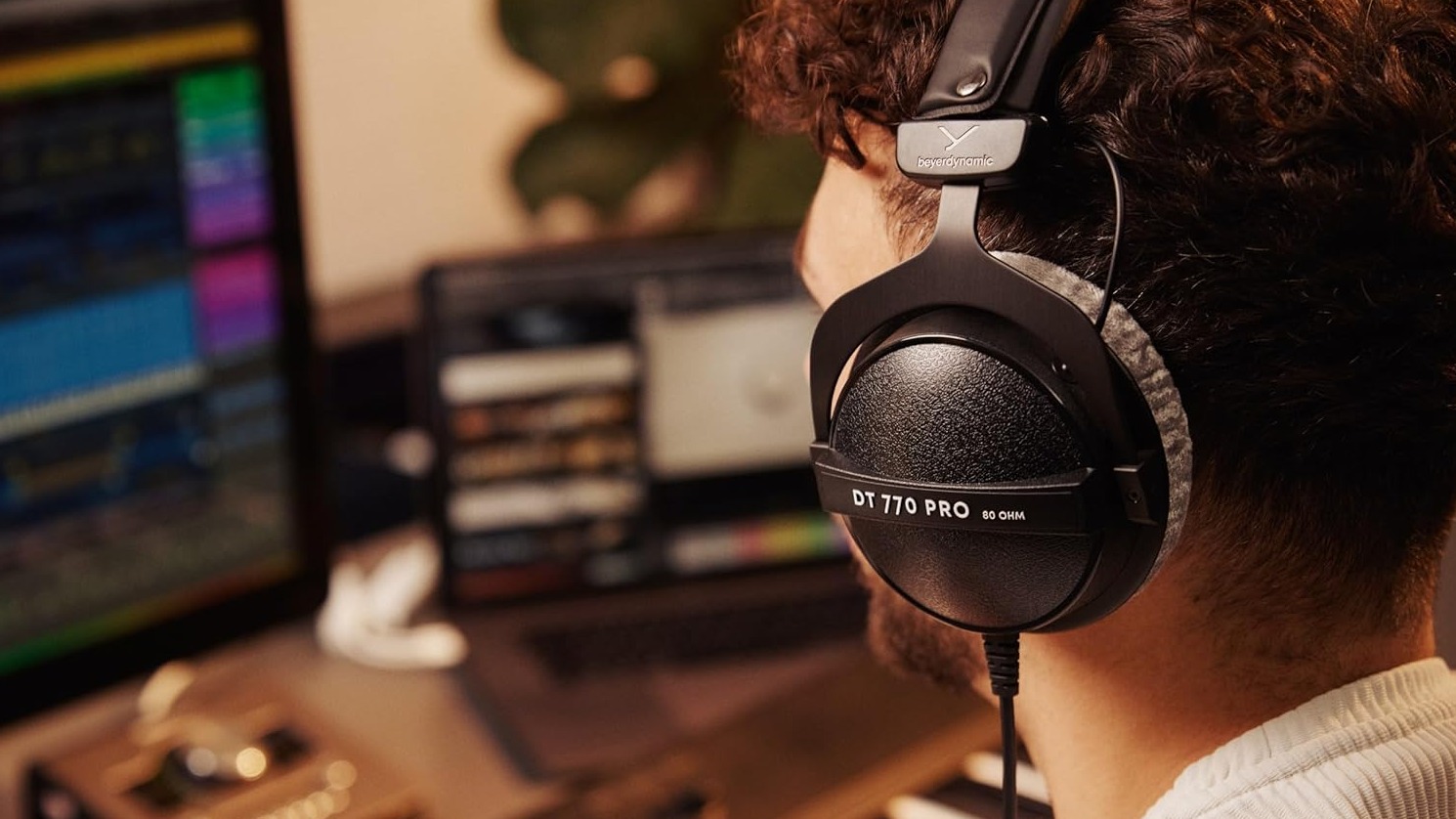
Whether you’re a budding audio professional, dabble in a bit of music or video editing or are just curious to start, a pair of good studio headphones is a great addition to the process.
However, they can also work well for more casual at-home listening, so if that's what you're looking for, don't let the "studio" label on a pair of headphones put you off.
A lot of what makes great studio headphones also makes great regular headphones too. We'll cover all of that here, so you can understand what you might need in a pair – no matter if you're looking to use them for work or play.
What are studio headphones?
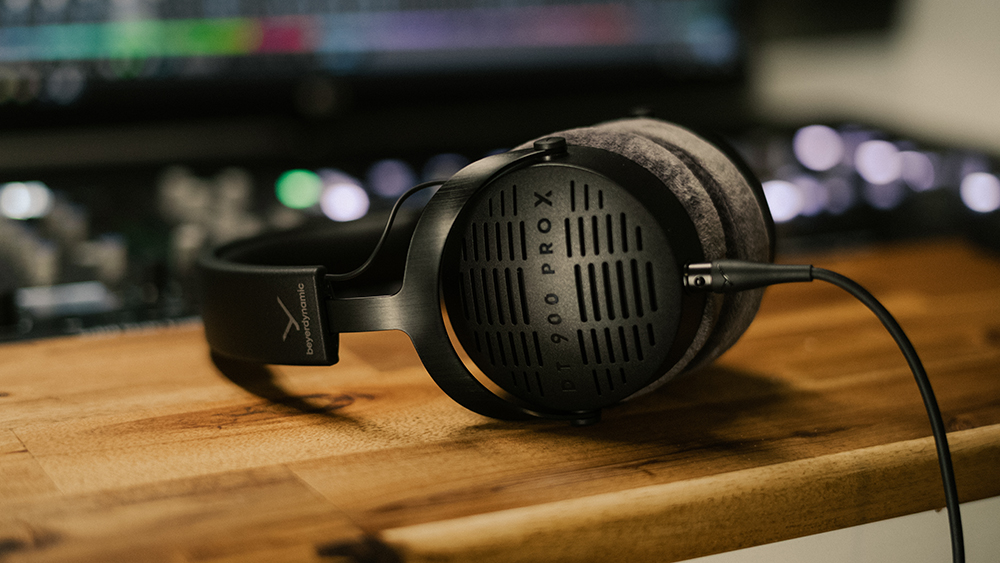
While headphones from, say, our best wireless headphones list usually focus on making music sound good, while also packing in other features like Bluetooth or noise cancelling, studio headphones' number one priority is ensuring the sound they produce is as accurate as possible.
That might seem like a good thing, and it is – after all, who wouldn’t want to get sound as close as possible to the artist’s intent? However, they are designed first and foremost to be analytical – to ensure any flaws in a recording can be easily picked up and corrected. And that is why they are often associated with having a somewhat sterile sonic nature that won't be for everyone.
Indeed, they require a “flat” or “neutral” sound signature so that the artists and sound engineers can hear a true picture of what a recording sounds like, without any equipment putting its own mark on it – sometimes known as "colouring" the sound. This way, they can understand if anything in the mix is out of place, or if elements need tweaking or removing to get the sound they want.
This flat sound signature also allows producers the flexibility to move their music between their headphones and studio monitors and not be greeted with any great surprises during playback.
By comparison, most domestic, consumer-grade headphones you will have heard will likely use a very different EQ setting – modern headphones tend to boost the bass and treble, making them sound more fun and exciting.
The reason for that is that many of us crave this 'inaccuracy' more than we realise, and our ears have become so accustomed to it that hearing a truly flat pair of headphones might be quite an underwhelming experience, if it's not what you're used to.
All of that said, there are plenty of so-called studio headphones out there that are used by hi-fi enthusiasts to listen to their music – in fact, some of our technical editor Ketan Bharadia's favourite headphones are marketed as studio cans. So don't discount them if you're on a regular headphone search, particularly if you prefer a more neutral sound signature – there are a lot of qualities in studio headphones that lend themselves to home headphones very well indeed.
What things should I look for in studio headphones?
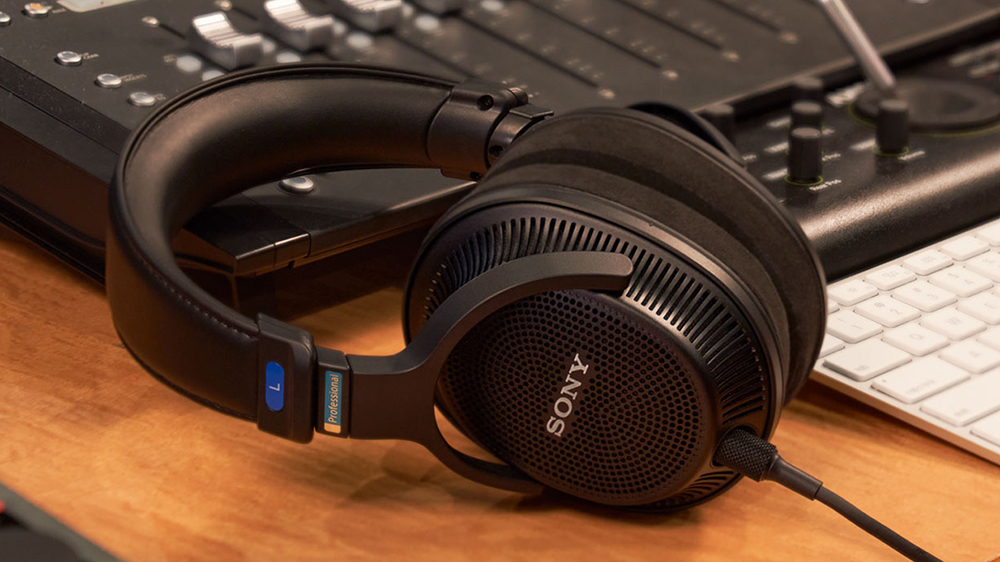
Aside from the neutral sound signature, there are a few other qualities and features you'll want to consider when buying studio headphones. However, as you'll see, they may well be things you'd consider in any headphones purchase. Exactly how important they are in your buying decision will depend on your use case and we'll try to consider all of those below.
Open or closed back?
Headphones marketed as "studio" are almost always over ears – if you prefer an in-ear fit with similar sonic qualities, then you’ll want to search for IEMs (in-ear monitors) instead.
With any pair of wired over-ears comes the debate of whether you should go for a closed-back or open-back design – but that really depends on what you are planning to use them for, and where.
You can read our in-depth comparison between open- and closed-back headphones, but the long and short of it is that open-back headphones tend to have the edge when it comes to the best, most natural performance and be the most comfortable to wear for longer periods.
However, they also leak sound due to them not having an enclosure behind their drivers – and that means they let sound in too, which is distracting in noisy environments.
That means they work better for at-home use, and for professionals, they're the better choice for producers and video editors who are mixing sound in quieter locations. However, they won’t work so well for studios where there are live mics that could pick up noise, or listening on the go. You’ll want closed-back cans for those scenarios.
Some professionals use both types for this very reason, but equally, you'll find some that swear by their trusty closed-backs for everything. We'd recommend you demo some before you buy so you can hear the differences in practice for yourself.
Wired or wireless?
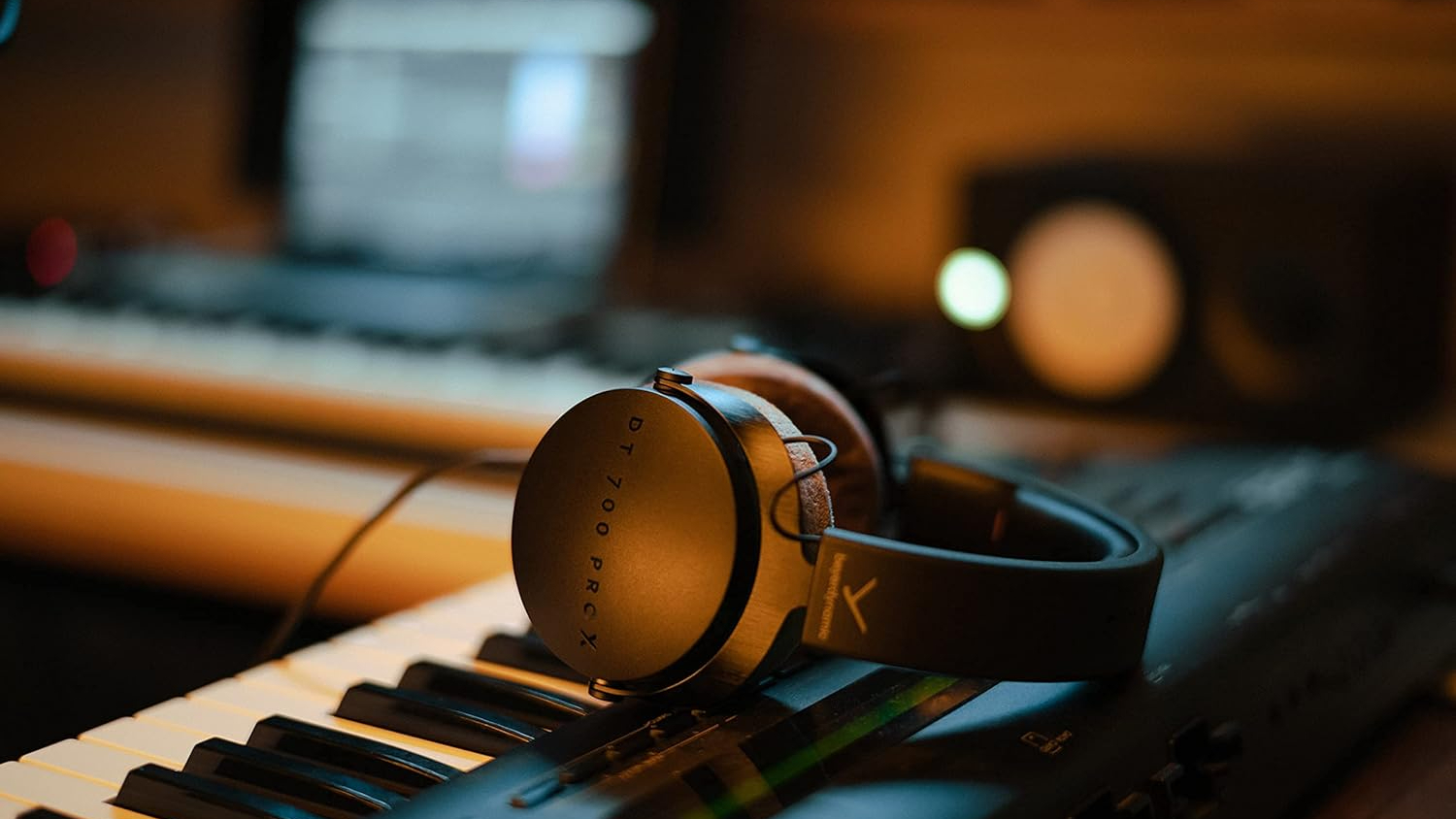
Even though Bluetooth technology has improved a lot in recent years, Bluetooth transmission will always add some degree of latency and sonic inaccuracy. When you're looking for headphones that put accuracy at the top of their priorities, then these are things you'll want to avoid.
The same goes for popular consumer features like active noise cancellation, which introduces a number of digital implementations to accommodate it that will colour the sound.
For those reasons, we would always choose wired headphones for studio use, and pretty much all studio headphones we can think of come wired (though some of the more affordable options may include Bluetooth as well).
Durability and comfort
Studio headphones are typically taken on and off a lot, so they must be able to handle a good amount of wear and tear and preferably be upgradeable in a way that not all consumer headphones are. After all, being able to simply replace a cable if it gets damaged, or replace earpads that have worn out over time is a great feature to look out for.
Not only are they taken on and off a lot but they are also typically worn for long periods – think the majority of a 9 to 5, rather than just an hour or so during a morning commute. For that reason, the headphones' weight, materials and adjustment flexibility are important in how they affect and achieve comfort.
Is the headband cushioned enough to relieve pressure on the crown of your head? Are the earpads comfy without making your ears sweat after an hour's use? Can their fit be adjusted to allow for a tighter or looser fit? These are all things you can gauge from reviews, and headphone manufacturers almost always note weight in the online specifications.
You also usually want a 1/4-inch (6.3mm) jack at the end of that wire, or at least a 3.5mm-to-6.3mm adapter in the box. This is again from a durability perspective – smaller jacks are more prone to bending when frequently pulling them in and out of equipment – but it’s also the standard size in the pro and hi-fi industry (for that very reason) so a lot of kit you’re hooking up to may well require it.
Do studio headphones need a coiled cable?
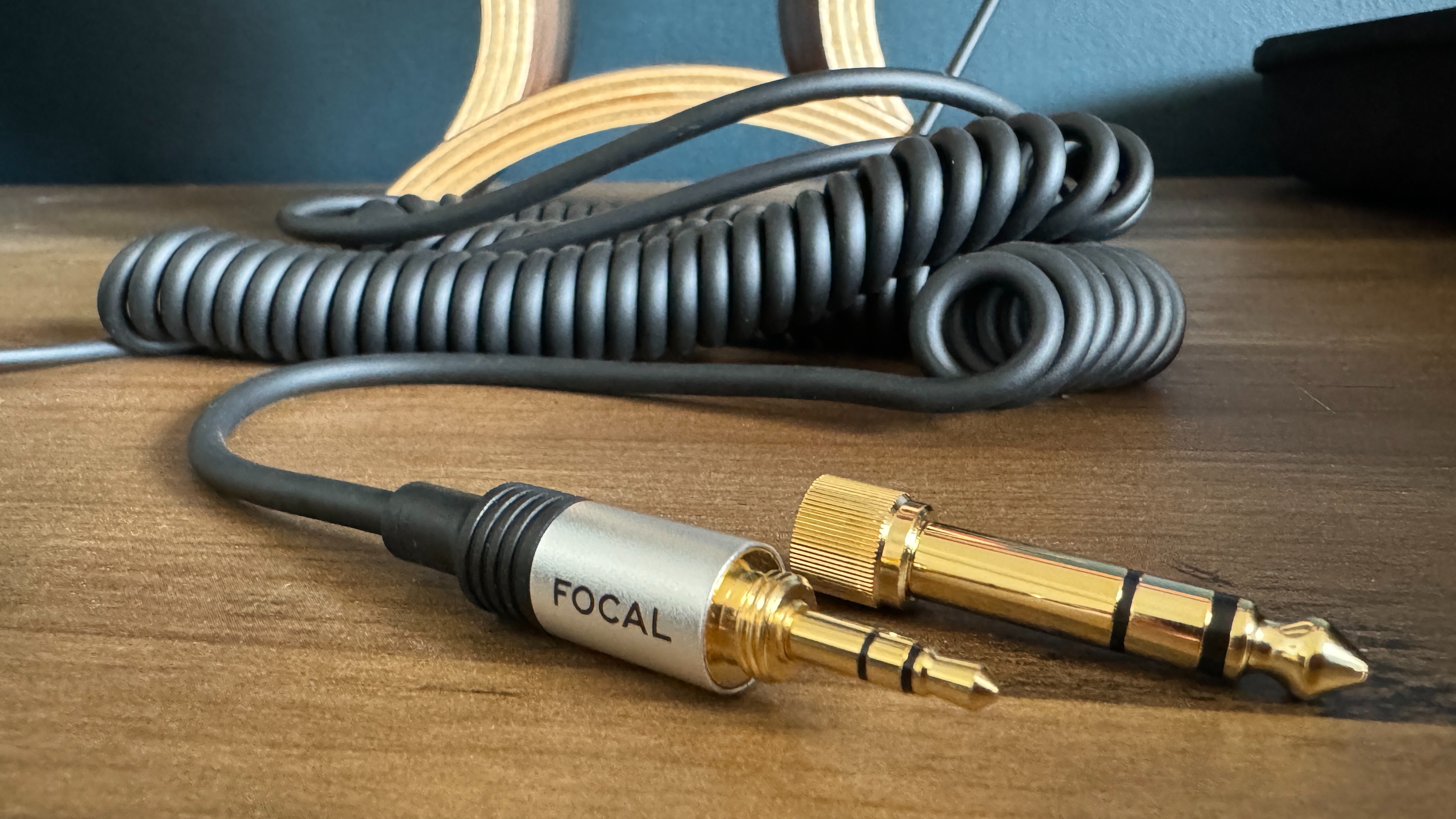
There are no sonic benefits but you’ll often find studio headphones come with a coiled cable as they can help to improve the headphones’ all-important durability.
Coiled cables are just that little bit more hardwearing than straight cables and don’t get tangled like straight cables do either. They also allow you to have a longer cord that takes up less space, giving you flexibility in movement while returning to a much more compact size when not in use.
Sometimes a coiled cable is included in the box along with a straight one to give you the option of both. Keep your eye out for this accessory benefit if you plan to use them away from a desk too, as coiled cables can be bulky to use on the go.
Do I need to worry about impedance?
This isn’t a straightforward question to answer, as it’s not as easy as recommending you buy high- or low-impedance headphones for the best sound. It really depends on the other kit you'll be using them with, and the headphones themselves too.
Without getting too bogged down in the nitty gritty, low-impedance headphones tend to be more sensitive, which means they don’t need as much power to reach a decent volume as less sensitive, high-impedance headphones do.
That means that, generally speaking, low-impedance headphones are often best suited for lower-powered everyday equipment, like phones and laptops, whereas high-impedance cans will usually need a higher voltage from a headphone or stereo amp in order to power them to sufficient volumes – because they're less sensitive.
However, there are plenty of high-end headphones with a low impedance, and that doesn't stop them benefitting from a headphone amp if that's the set-up you have. Just avoid the less sensitive higher impedance headphones if your source is something like your phone.
How much should I spend?
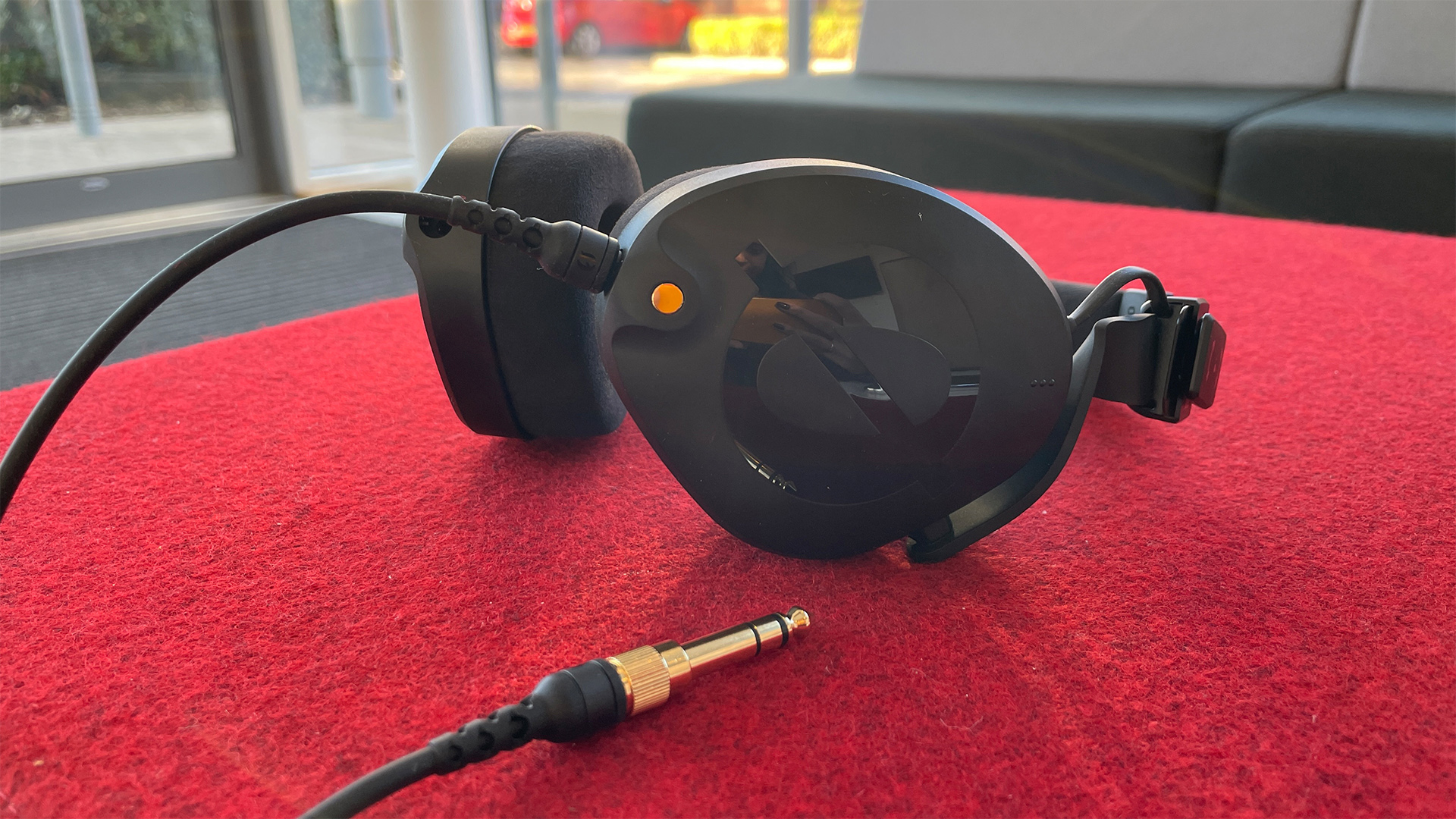
As always, this comes down to the simple question of what do you have available to spend? There are fantastic affordable studio headphones, like the Award-winning Røde NTH-100 or the popular Audio-Technica ATH-M50X, for around £150 / $150 / $249, but you could also spend as much as £4699 / $5000 / AU$6999 on the Focal Utopia (2022), and even more.
Consider all the features and qualities we have mentioned above, what you can afford to spend, and come up with a shortlist. Then read reviews and – particularly if you're investing a little more – visit a local hi-fi dealer and take a listen for yourself.
What brands should I consider?
Brands like Focal, Sennheiser, Beyerdynamic, Audio-Technica, AKG, Røde, Shure, Philips and Sony all offer fantastic pro- and studio-focused lines well worthy of consideration. You can find highly recommendable studio headphones in our wired headphones and audiophile headphones buying guides.
Should I buy studio headphones?
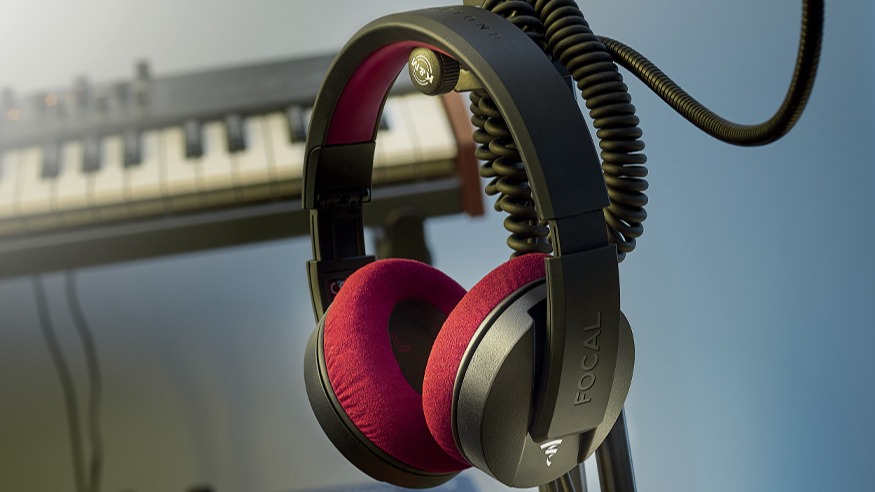
If you are recording, producing or mixing music, or perhaps editing videos or podcasts, then studio headphones are a worthwhile investment to get the best results from your work. They’ll allow you to be as accurate and critical as you need to be during the edit, ensuring the sound is the best it can be.
However, even if you aren’t doing these things and the neutrality of studio headphones appeals to you, why not give them a try? You’ll want to bear in mind the differences in sonic presentation that we’ve described, plus their (usually) limited feature set, but as you'll have seen, a lot of the buying considerations are otherwise the same. For example, the brilliant Beyerdynamic DT 700 Pro X are great headphones marketed for studio use but are just as recommendable for general music listening at home.
Overall, studio headphones are best for at-home use, due to their bigger, bulky design and potentially leaky sound. If portability for travel is top of your priorities, you will likely be better off with a pair of good noise-cancelling headphones instead.
MORE:
Our expert pick of the best audiophile headphones
What are IEM headphones? How do they compare to earbuds?







